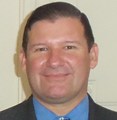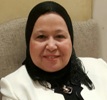- Submissions

Abstract
Advancements in Case Studies
The Effects of Diamagnetic Therapy in a Peripheral Facial Paralysis: A Case Report
-
Open or CloseEstefania Torres Sanchez1, Felipe Torres Obando2, Federica di Pardo3 and
Pietro Romeo3*
1Faculty of Medicine and Health Sciences, University del Rosario, Colombia
2Faculty of Medicine and Health Sciences, University del Rosario-Cell Regeneration Medical Organization, Colombia
3Periso Academy, Lugano, Switzerland
*Corresponding author:Pietro Romeo, Periso Academy, Lugano, Switzerland
Submission:December 28, 2022; Published: January 10, 2023

ISSN 2639-0531Volume3 Issue5
Abstract
Peripheral facial paresis, or paralysis, is the most common acute mononeuropathy that affects the face. Also known as Bell’s paralysis and it involves the VII cranial nerve on one side of the face. The clinical resolution is almost always spontaneous, in a few weeks, but the complete recovery usually occurs in about six months; rarely, the pathology continues with long symptoms for life or occurs more than once. Despite the cause is frequently unknown, the therapeutic choice includes corticosteroids or antiviral drugs in force of a possible inflammatory or viral origin. In addition to medical therapy, short electrical stimulation of the facial muscles, low-level facial lasers, facial exercises, and tape feedback have been proposed, but with conflicting results.
We are unaware of the use of Pulsed Electromagnetic Fields in the management of paralysis, although this type of biophysical stimulation has already proven to be effective in neurological diseases, both in the central and peripheral nervous contexts. Based on this rationale, an original technology that employs High-Intensity Magnetic Fields (Diamagnetic therapy) has been proposed as a therapeutic choice in facial palsy given the lengthy response after conventional rehabilitative treatments. The results of the treatment are very encouraging and give way to future applications, also extended to other diseases of the peripheral nervous system.
Keywords:Facial paralysis; Bell’s paralysis; Pulsed electromagnetic fields; Diamagnetic therapy
 a Creative Commons Attribution 4.0 International License. Based on a work at www.crimsonpublishers.com.
Best viewed in
a Creative Commons Attribution 4.0 International License. Based on a work at www.crimsonpublishers.com.
Best viewed in 







.jpg)
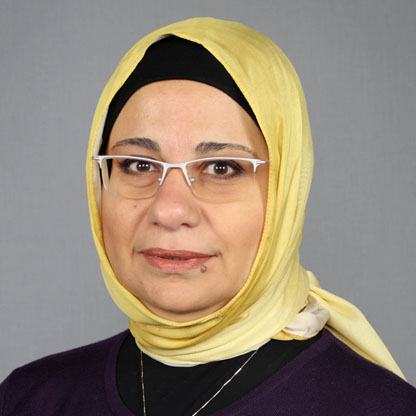

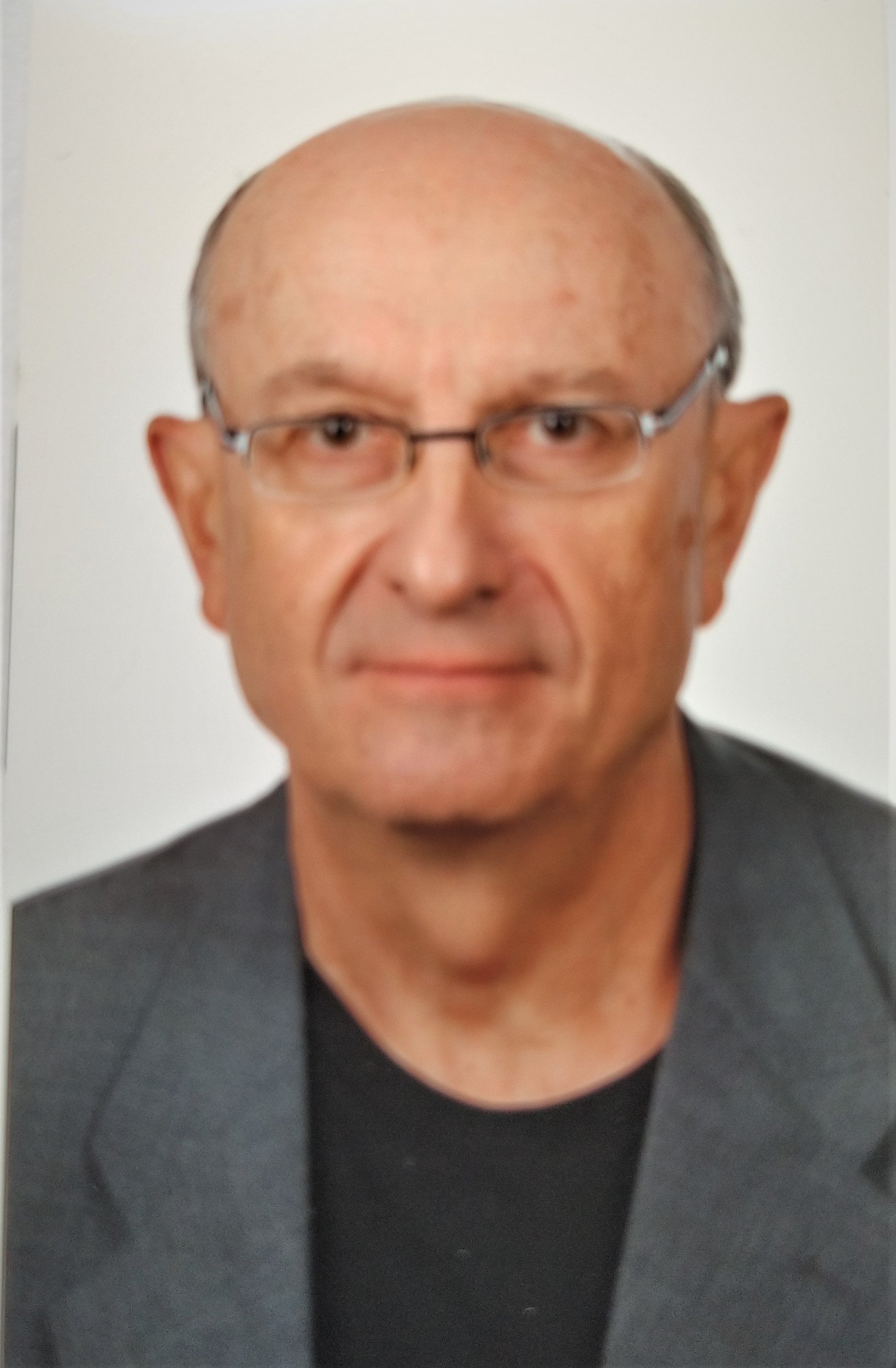
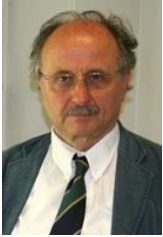





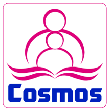




















 Editorial Board Registrations
Editorial Board Registrations Submit your Article
Submit your Article Refer a Friend
Refer a Friend Advertise With Us
Advertise With Us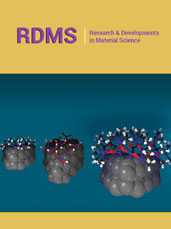
.jpg)


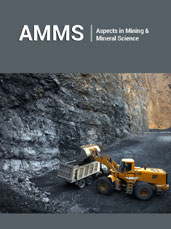


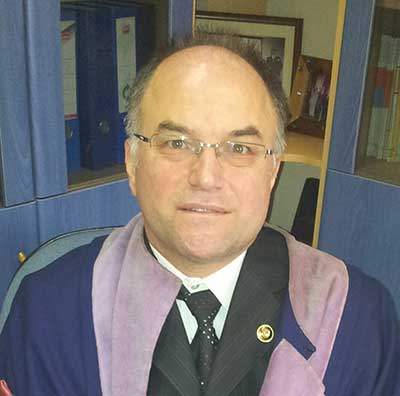
.jpg)




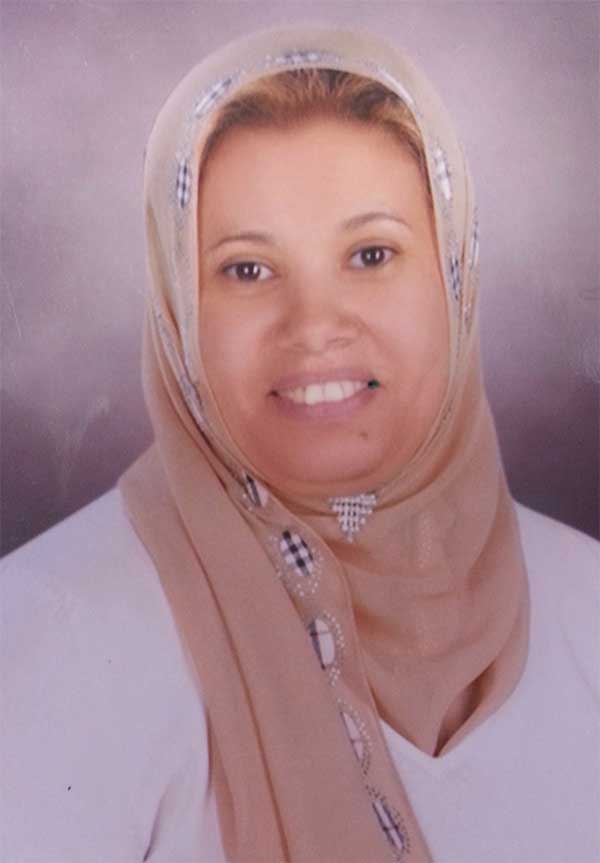


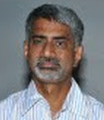





.bmp)
.jpg)
.png)
.jpg)






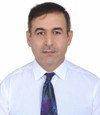

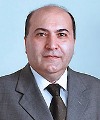





.png)

.png)



.png)
